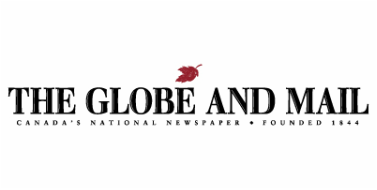
Isolation in one’s own filter bubble or echo chamber confirms internal biases and might lead to a general decrease in the diversity of news consumption. In this way, the unpleasant feeling of cognitive dissonance is avoided. By selecting only confirmatory information, one’s own opinion is reaffirmed, and there is no need to re-evaluate existing stances. The implications of selective exposure theory intensify the severity of biased news coverage: Researchers observed long ago that people prefer to consume information that fits their worldview and avoid information that challenges these beliefs. It can also affect collective decision-making. Moreover, exposure to biased information can lead to negative societal outcomes, including group polarization, intolerance of dissent, and political segregation. Since the media are citizens’ primary source of political information, associated bias may affect the political beliefs of the audience, party preferences and even alter voting behavior. Previous research shows the effects of media bias on individual and public perception of news events. Therefore, we believe advancement in media bias communication is relevant for multiple scientific areas. Many definitions exist, and media bias, in general, has been researched from various angles, such as psychology, computer science, linguistics, economics, or political science.

Still, the conceptualization of media bias is complex since biased and balanced reporting cannot be distinguished incisively. "illegal immigrants" and "illegal aliens" or combining concepts beyond their initial contexts into figurative speech that carry a positive or negative association ("a wave of immigrants flooded the country") can induce bias. Labeling named entities with terms that are ambiguous in the concepts they allude to (e.g. According to Domke and colleagues, media bias is a structural, often wilful defect in news coverage that potentially influences public opinion. However, it is well known that the wording and selection of news in media coverage often are biased and provide limited viewpoints, commonly referred to as media bias.

Regardless of journalistic standards, media outlets with a wide reach have the power to affect public opinion and shape collective decision-making processes. The Internet age has a significant impact on today’s news communication: It allows individuals to access news and information from an ever-increasing variety of sources, at any time, on any subject.

Visual aids did not mitigate this effect. Incongruence between an articles’ political position and individual political orientation also increased media bias awareness. Both the forewarning message and the annotations increased media bias awareness, whereas the political classification showed no effect. Meanwhile, their subjective perception of media bias in this article, attitude change, and political ideology were assessed. In an online experiment, we randomized 985 participants to receive a biased liberal or conservative news article in any combination of the three aids.
#CITIZENS PRESS BIAS HOW TO#
In this article, we analyze how to facilitate the detection of media bias with visual and textual aids in the form of (a) a forewarning message, (b) text annotations, and (c) political classifiers. Effective communication that may counteract its potential negative effects still needs to be developed. Media bias has a substantial impact on individual and collective perception of news.


 0 kommentar(er)
0 kommentar(er)
